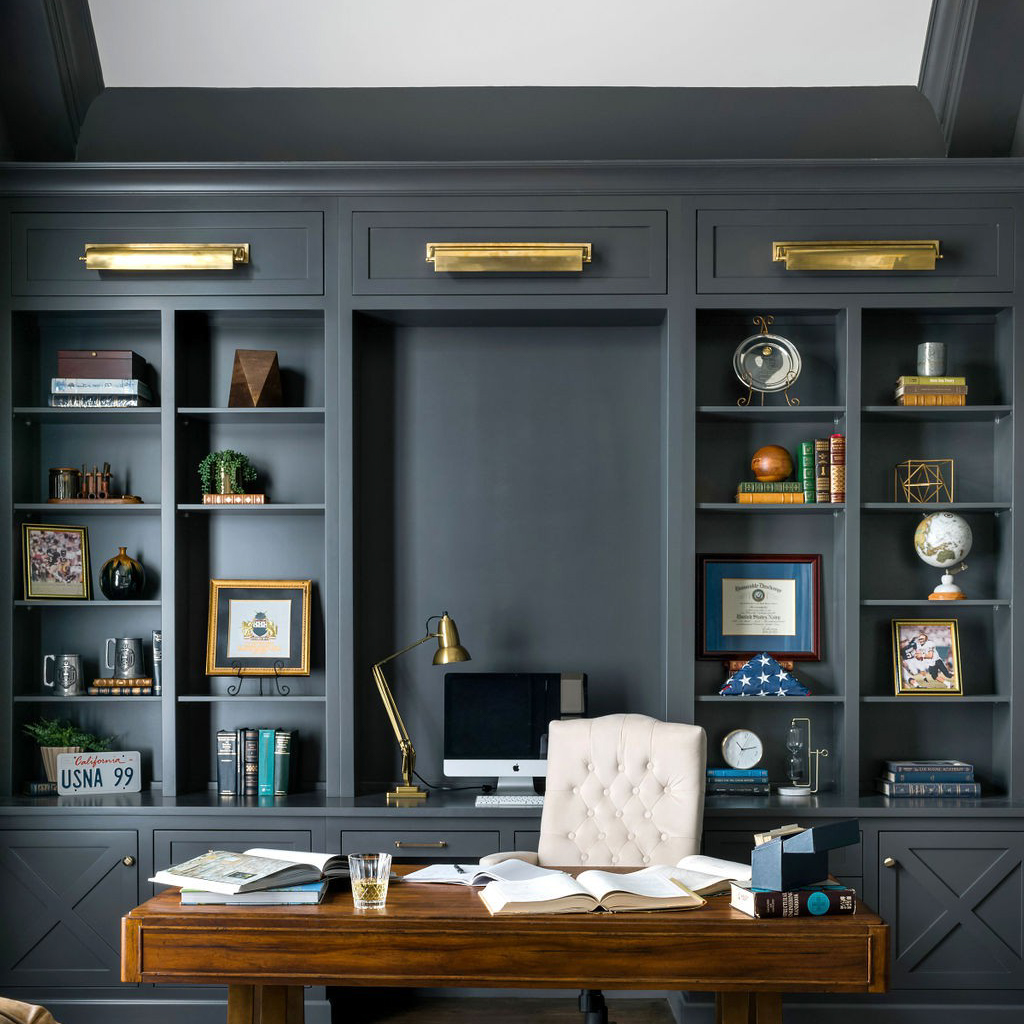The concepts of ceiling and floor are essential in various fields such as mathematics, architecture, engineering, and interior design. The ceiling is the overhead surface that covers a room, while the floor is the foundation on which we stand. Understanding the concept of ceiling and floor is crucial to ensuring efficient use of space as well as aesthetic appeal. In this article, we will discuss the definitions of ceiling and floor, their importance, and their applications in various fields.
Definition of Ceiling and Floor
The ceiling is the uppermost surface of a room that covers the space between the walls. The ceiling can be of different materials such as wood, plaster, gypsum, or metal depending on the preference of the homeowner or architect. The function of the ceiling is to cover the space above our heads and to provide insulation to the room. The ceiling can also be a decorative element that enhances the aesthetic value of a room.
On the other hand, the floor is the lowermost surface in a room that serves as a foundation on which we stand. The floor can also have various materials such as wood, tiles, marble, or concrete. The floor’s primary function is to provide a level surface where we can walk, stand, or sit. It also adds to the overall aesthetic value of a room.
Importance of Ceiling and Floor
The ceiling and floor are crucial elements in the design of a space because they define the room’s boundaries. They also provide a surface for the attachment of lighting fixtures, ceiling fans, and other decorative elements. The materials used for the ceiling and floor can also affect the room’s acoustics and thermal insulation. Properly designed and constructed ceilings and floors can help prevent heat loss, enhance sound quality, and improve air quality.
In addition, the ceiling and floor can also add to the aesthetic appeal of a room. An elegantly designed ceiling can make a small room appear more significant, while an innovative flooring design can create the illusion of depth and space. Creative use of materials, textures, and patterns can provide a visually appealing environment that suits the needs and preferences of the occupants.
Applications of Ceiling and Floor
The concept of ceiling and floor is not limited to residential homes but extends to commercial and industrial buildings. The design and construction of the ceiling and floor are essential aspects that require careful and thoughtful consideration. In commercial buildings, the ceiling and floor materials must meet specific requirements such as fire resistance, sound insulation, and durability.
For instance, in a hospital, the ceiling must be designed to minimize noise levels to ensure that patients are not disturbed. In a restaurant, the ceiling and floor can be designed to provide a cozy and pleasant ambiance for diners. In hospitals, airports and commercial buildings, the floor must be slip-resistant and durable to withstand heavy foot traffic.
Understanding the concepts of ceiling and floor is essential in various industries. The ceiling and the floor are essential elements of a building’s structure and design, providing insulation and boundaries. The materials used for the ceiling and floor can affect the room’s acoustics, aesthetics, and thermal insulation. The ceiling and floor design must be adapted to meet the specific requirements of the space, occupants and to comply with regulations. Ultimately, the ceiling and floor’s design and functionality can impact the overall comfort and satisfaction levels of the occupants, making it an essential aspect of modern-day architecture and engineering.




